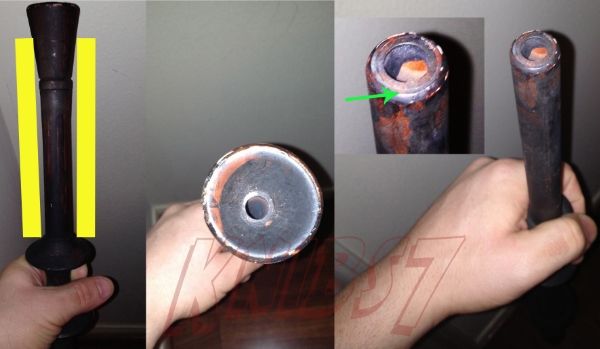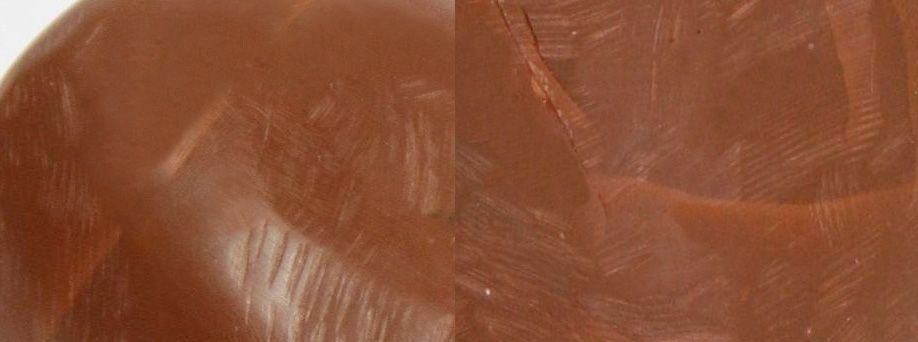I assume your blow pipe is a hollow tube? You can mold the pipe as you said, a two piece mold, however you need to block the inside of the pipe with something to keep it from filling up with rubber and casting material. I would suggest fitting a dowel into the blow hole so it fits snug and extends out each end of the pipe a few inches. Try to use something non porous like steel or plastic. Hopefully the interior of the pipe is round and not tapered. Once you have the pipe filled you can form a two part silicone mold around the blow pipe. I would use a stiff rubber (high shore strength) provided your blow pipe does not have a lot of fine detail. Also make sure your mold has some thickness to it as the mold will need to be stiff to maintain it's shape and not collapse in on it self. The bar could be contained fully in the mold (sticking out of the original blow pipe about one inch on each end, but still within the rubber mold, this way the bar will fit snugly in it's place when the mold is formed around it)
You'll have to figure out where your filler and air vent holes will be, probably at the end and use the mold vertically. Once the mold has cured you can cast your blow pipe by placing the steel or plastic rod back in the empty mold, this is essentially the 3rd part of the mold, the interior of the pipe, be sure to apply mold release to be sure it can be removed from the cast. Now place the two halves of the mold together, and pour you casting material. When cured, open the mold, remove you cast blow pipe, and slide the steel or plastic bar out of the cast. I hope this helps, I'll watch this thread if you have any questions or need more info.
Good Luck!







